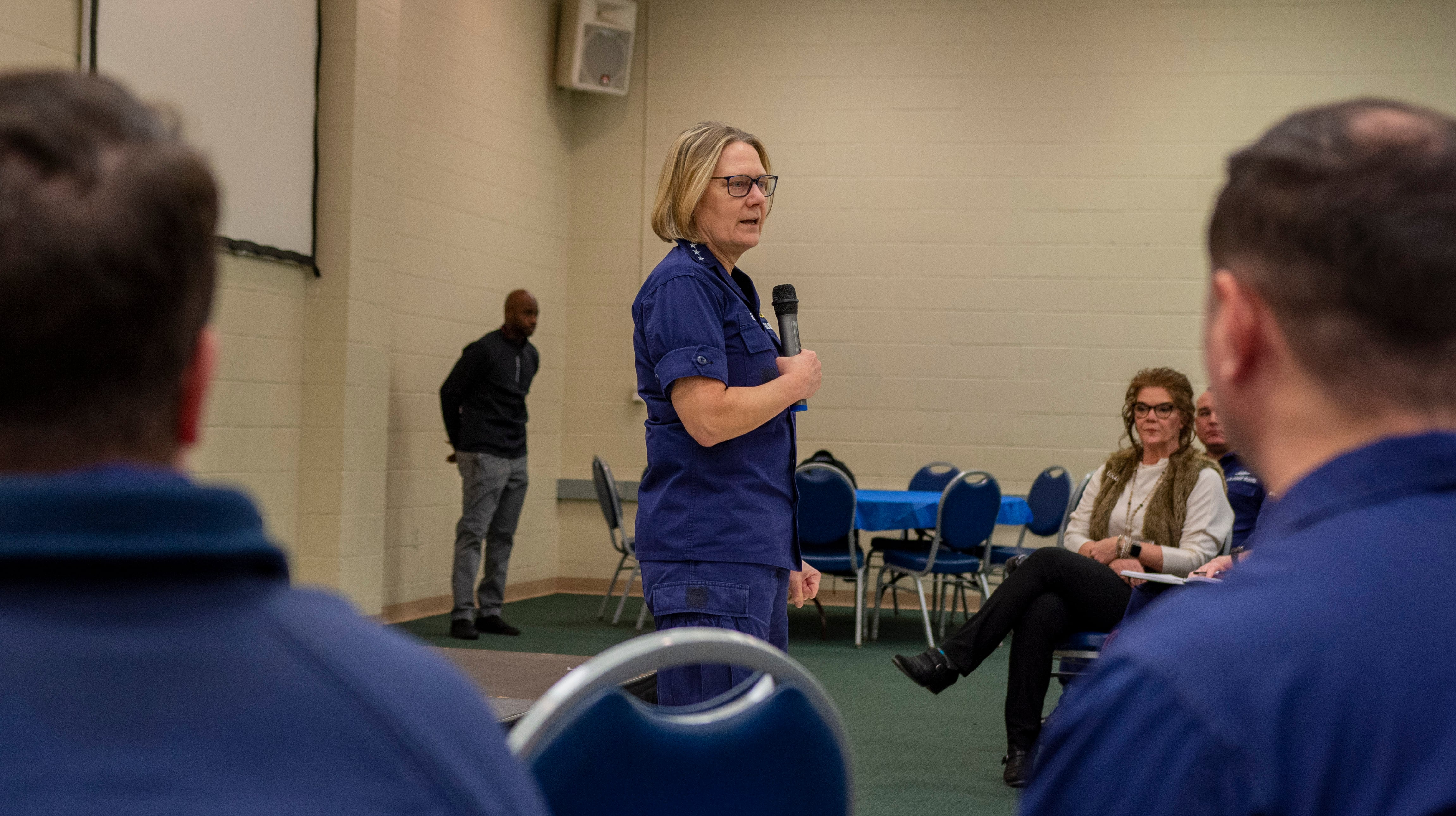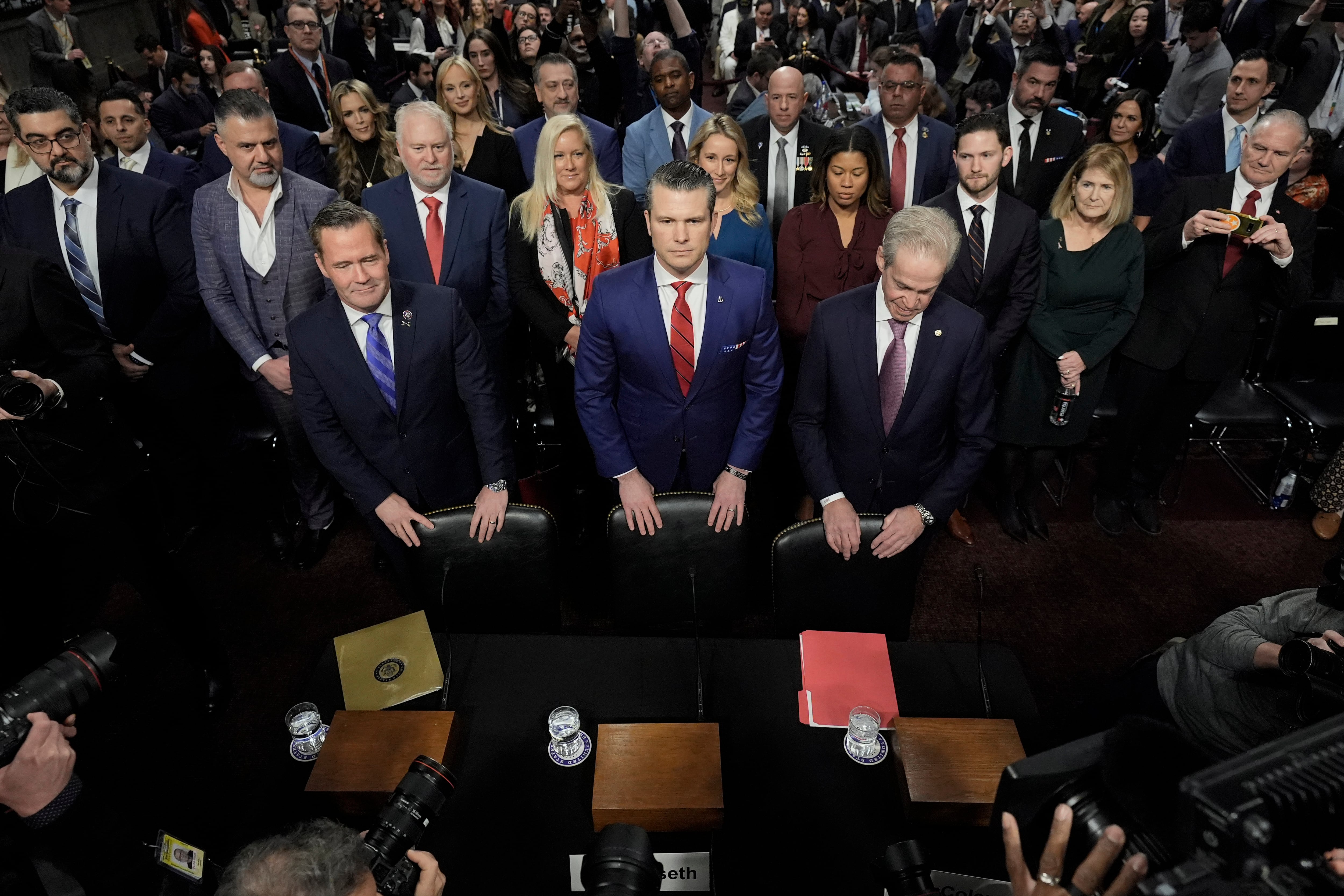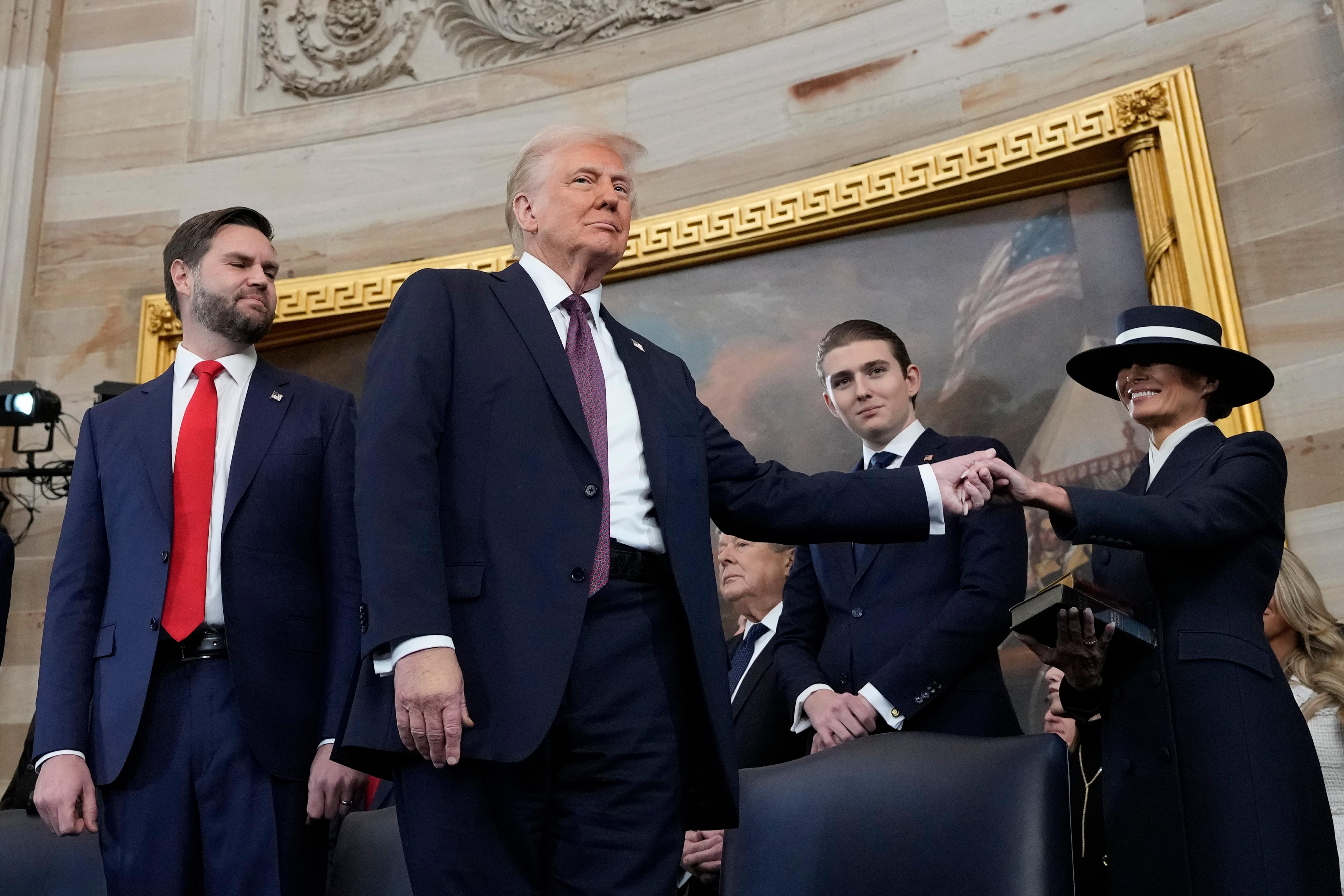It's official: Gen. (sel.) eral-select Robert Neller will become the Marine Corps' next top officer later this year, inheriting a host of pressing decisions as the service strives to modernize ahead of future conflicts.
Neller's confirmation by the Senate this week means he will be the third commandant to lead the Corps in the space of 12 months, after Gen. Joseph Dunford was picked to chair the Joint Chiefs of Staff just months into his tenure as commandant. It also sets in motion a rapid chain of events designed to prepare Neller for his new role in short order, ahead of a command transition expected to take place sometime next month. On the horizon, Neller faces daunting choices about the future of the Corps amid strapped budgets and a growing array of global crises.
For Neller, this all means extensive travel between his current post at Marine Forces Command in Norfolk, Virginia, and the Pentagon as he concludes his current duties and prepares for his next post.
At the end of this month, Neller will be joined by a transition team including a chief of staff, legislative affairs representative and policy and protocol officers, said a spokesman for MARFORCOM, Lt. Col. Ricardo Player, a spokesman for MARFORCOM said. This team will finish the work of briefing the soon-to-be-commandant on current issues that began following his nomination was begun ahead of his confirmation hearing in late July. Whether these briefs will be in the form of face-to-face meetings or a series of more formal slide presentations will be up to the general, Player said.
Women in combat
Neller will take the helm as the Marines prepare to comply with a Pentagon mandate to open all-male combat units and jobs to female troops. The service chiefs, including the commandant, have the ability to ask for exceptions to the integration order, which will then be approved on a case-by-case basis by the defense secretary Secretary of Defense. Asked about the upcoming decisions following his July 23 Senate confirmation hearing, Neller told Marine Corps Times it wasn't yet clear how he and Dunford would work together to handle the issue.
"We have some initial information, we've talked about it, but we haven't made any decisions," he said.
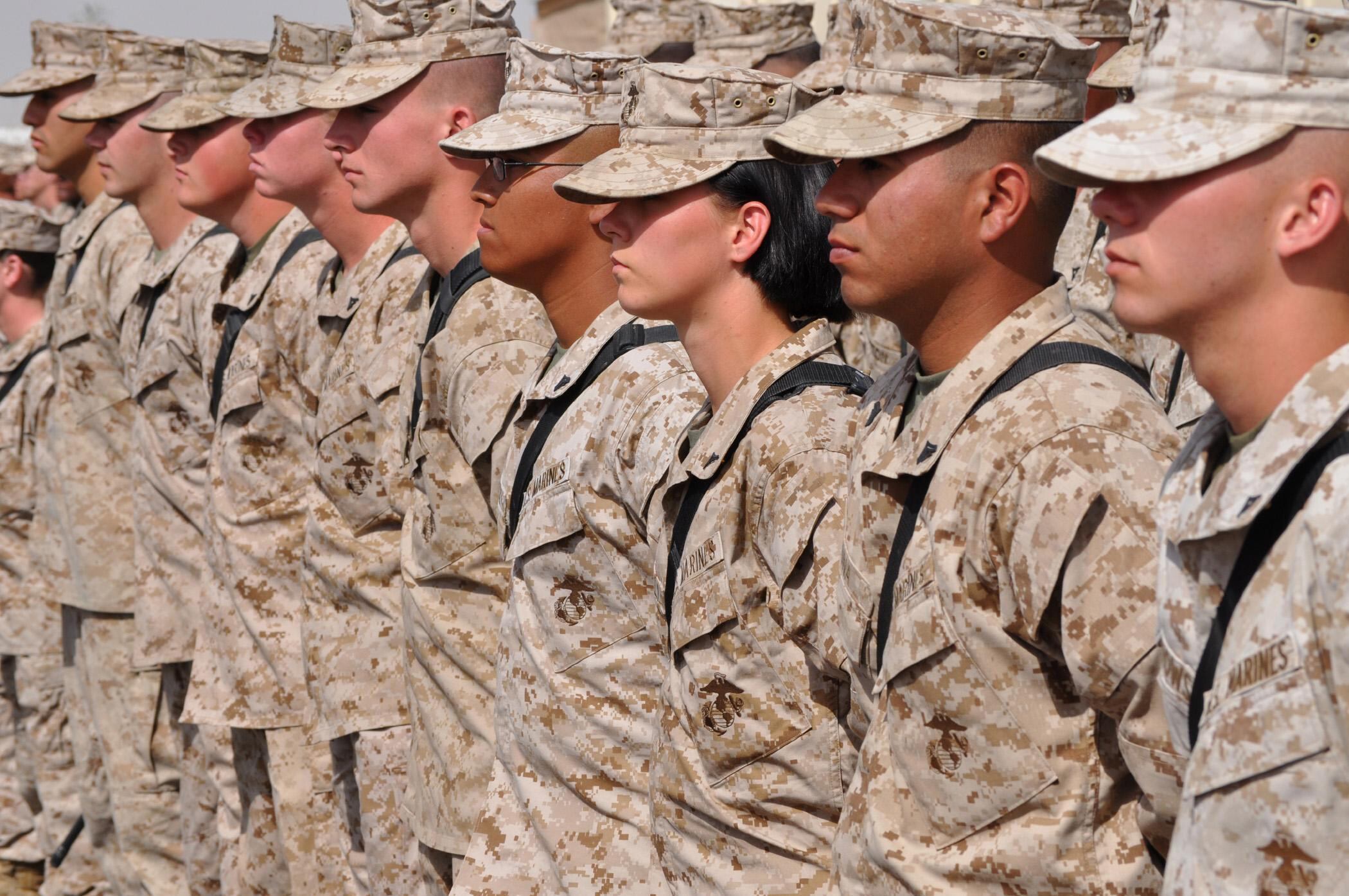
Marines stand in formation during a transfer of authority ceremony on Camp Leatherneck, Afghanistan.
Photo Credit: Master Sgt. Brian Jones/Marine Corps
Regardless, Neller will preside over the adjustment period as the Marine Corps adapts to integrating previously closed fields. With that adjustment will come new manpower challenges, said Dakota Wood, a retired Marine Corps officer and senior research fellow for Defense Programs at the Heritage Foundation.
If women do enter ground combat units and infantry companies, the Marine Corps will have to make decisions about how to best integrate female leaders into companies and battalions at the officer and senior enlisted level and how to prepare those leaders for the task.
"You'll have a manpower management issue in making sure that proper supervision is in place," Wood said.
Ground vehicle modernization
With the F-35B Joint Strike Fighter reaching initial operating capability at the end of July, a key acquisition challenge that has dogged Marine leadership for years may be taking a backseat to new gear and equipment headaches.
With tactical ground vehicles battered from use in Iraq and Afghanistan, development of new and better wheels on the ground may become a greater priority during Neller's tenure.
"Here in the next two, three years you're going to see an upswing on the tension on the ground equipment fleet," Wood said. "That's something the last two commandants really haven't had to deal with."
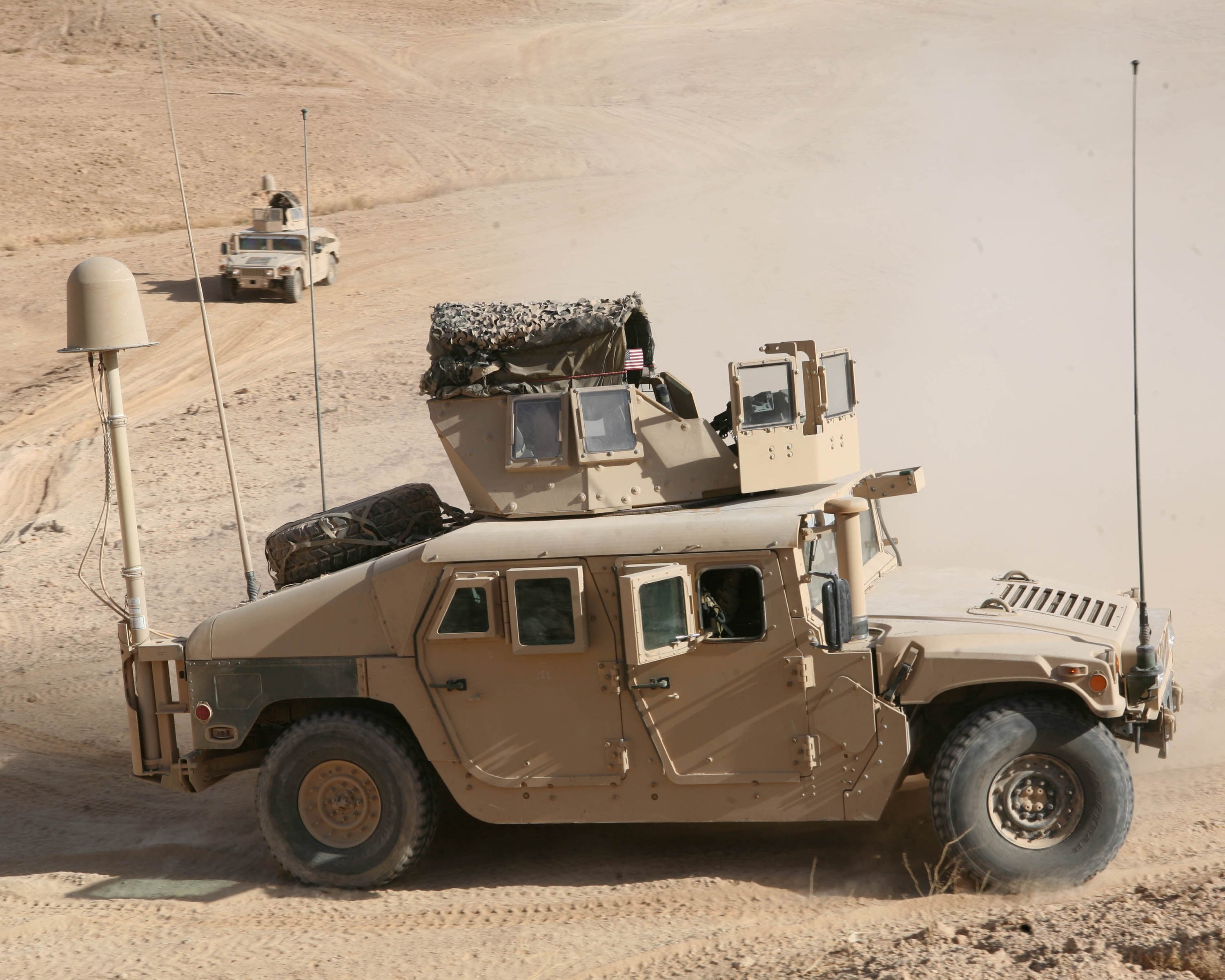
Members of Marine Wing Security Battalion 372 drive Humvees up a hill during a driving safety program in Iraq.
Photo Credit: Staff Sgt. Andrew Pendracki/Marine Corps
During his confirmation hearing, Neller said fielding of the first 5,500 Joint Light Tactical Vehicles to replace older Marine Humvees would be one of his first orders of business for equipment modernization.
Neller will also be integral to the selection of an intermediate version of the Amphibious Combat Vehicle to replace aging assault amphibious vehicles, while the Corps continues to explore development of an ACV that can move at high speeds in water.
"We should down-select to two vendors with 16 vehicles this fall, and then we'll eventually pick one," Neller told a Senate panel about his planned next steps in the acquisition of ACV 1.1.
Unlimited missions, limited resources
Meanwhile, Neller, like his predecessors, must wrestle with the implications of limited funding and what will likely be a new round of across-the-board spending cuts known as sequestration budget cuts.
Neller was cautious during his confirmation hearing, telling lawmakers only that, "we would not be able to provide the capabilities that we need to provide to the nation," if a new round of cutback forced the Corps to dip below its preferred total strength of 182,000.
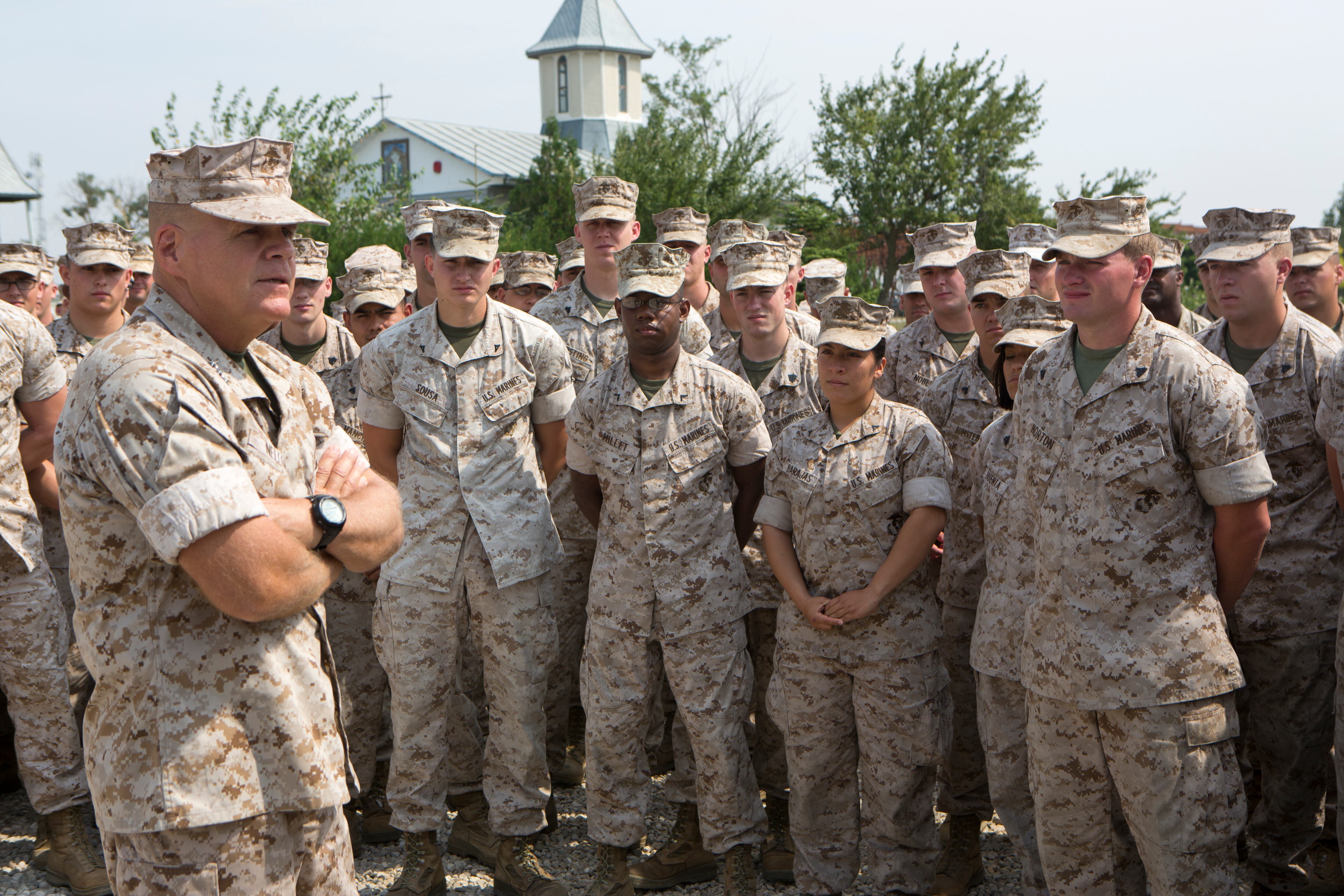
Gen. (sel.) Robert Neller, currently the head of Marines Forces Command, is being briefed on topics he'll have to address when he becomes the commandant of the Marine Corps.
Photo Credit: Lance Cpl. Scott Whiting/Marine Corps
Previous budget limitations have forced the Marine Corps to reduce facilities maintenance and training resources for stateside troops in order to support deployments. But with more cuts, Wood said, the Corps may have to make decisions on the margin about how many missions from geographic combatant commanders they can support. Globally, Marine expeditionary units and land-based crisis response forces the Marines' special purpose Marine air-ground task forces remain in high demand.
As Corps Marine officials work to keep from overtasking their Marines and maximizing time at home between deployments, hard choices about what operations to support and how to do so may be in the offing.
"This idea of distributed operations, I think, is really the path forward for the Marine Corps. But how do you fund that?" Wood said. "I think the intellectual work has been done for it, so [Neller] would just need to sustain that."


